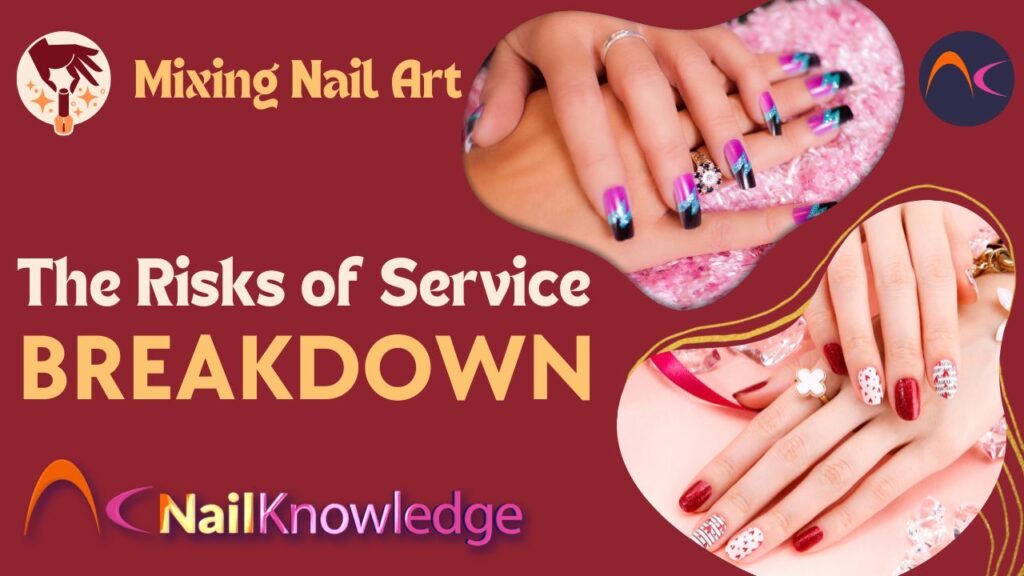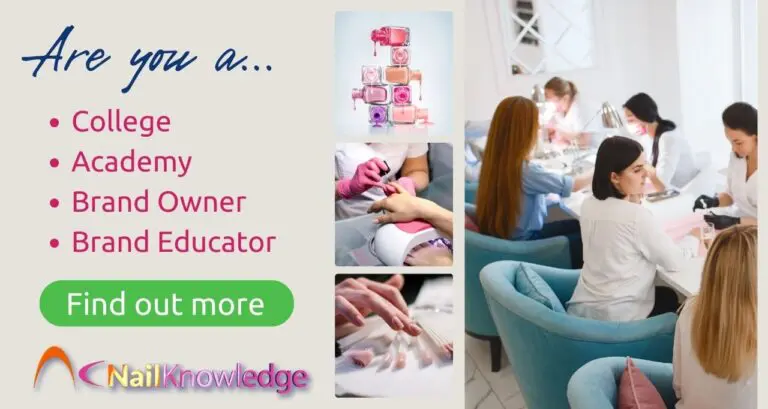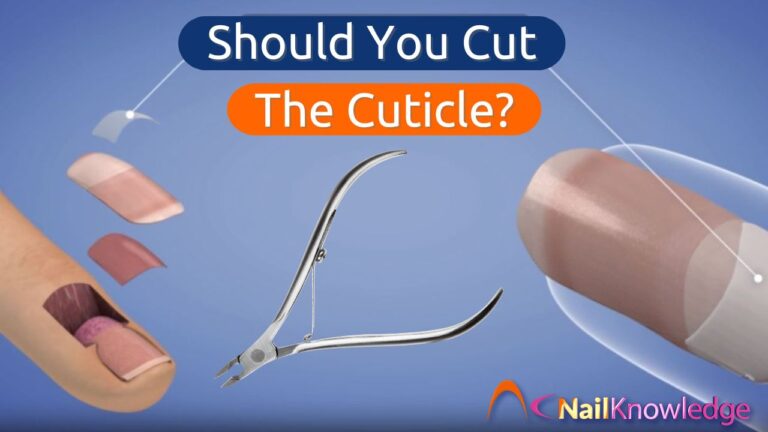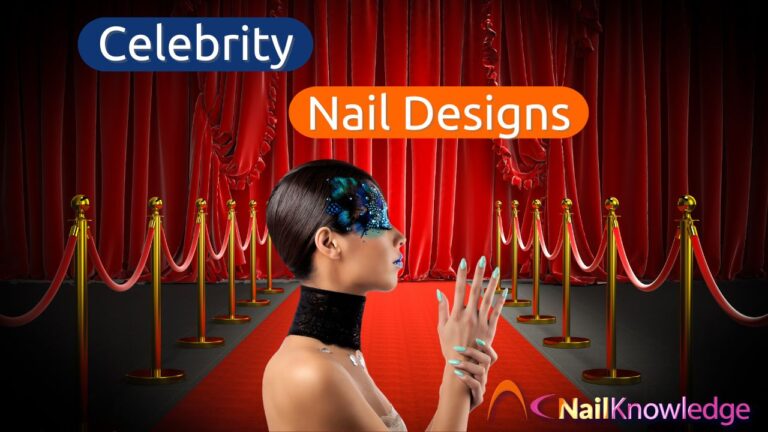Como artistas de uñas, nuestra creatividad no tiene límites. Siempre nos esforzamos por ofrecer a nuestras clientas unos diseños únicos e impresionantes. decoración de uñas diseños y llevar nuestras habilidades al siguiente nivel.
Sin embargo, en la búsqueda del diseño perfecto, es esencial comprender los riesgos potenciales asociados a la mezcla de productos de nail art de distintas marcas. Aunque pueda parecer tentador combinar diferentes productos, acabados y texturas, hacerlo sin precaución puede acarrear consecuencias adversas.
En este blog, echaremos un vistazo a los peligros de posibles avería del servicio cuando haga nail art para ayudarle a garantizar la seguridad y longevidad de las manicuras de sus clientas.
Riesgos de incompatibilidad: Mezclar fórmulas de nail art de distintas marcas
Una marca ofrece un producto que tu marca habitual no tiene, así que ¿por qué no mezclarlas?
Uno de los mayores peligros de mezclar productos de decoración de uñas de distintas marcas es la posible incompatibilidad de sus fórmulas.
Cada marca formula sus productos de forma diferente, utilizando distintos ingredientes y ligeramente diferentes química composiciones. Mezclarlas puede desencadenar reacciones químicas entre los ingredientes, provocando cambios en el color, la textura y la consistencia, lo que lleva a resultados impredecibles para la manicura.
Compatibilidad con lámparas UV/LED
Diferentes gel Los productos de diferentes marcas requerirán una exposición específica a las ondas UV, y éstas variarán en intensidad, tiempo y duración, para garantizar una exposición adecuada. curado. Por lo tanto, la mezcla de marcas puede dar lugar a un curado inadecuado, lo que no sólo provoca averías en el servicio, sino que también aumenta masivamente el riesgo de alérgico reacciones.
Composición química cambiante
Añadir pigmentosSi se añaden polvos y láminas a los productos acrílicos o de gel, se podría alterar su capacidad de polimerizar correctamente, lo que causaría problemas a largo plazo, ya que se pondría en peligro la calidad de los productos. cura adecuada. Es mejor no jugar a los químicos y limitarse a ser un profesional de uñas. Puede premezclar purpurina o pigmento en un UV transparente esmalte en gel o polvo acrílico, pero asegúrese de que no haya más de 30%, que es la recomendación habitual para conseguir un curado adecuado del revestimiento.
Utilice únicamente purpurinas y pigmentos de calidad cosmética, y NO versiones artesanales. Estos pueden reaccionar con el producto o el disolventes y crear una irritación o un reacción alérgica.
Posibles reacciones adversas durante la extracción
¿Recuerdas los ingredientes incompatibles de los que hablábamos antes? Duraban bien después de ser aplicados en la uña, pero durante el remojar proceso de adición acetona...¡puede convertirse en otra historia!
Una vez diluidos en un disolvente potente, no tenemos control sobre la reacción química que podría producirse. Utilice únicamente purpurinas, pigmentos, láminas, etc. de calidad cosmética que hayan sido concebidos para su uso conjunto. La eliminación segura y adecuada del producto es tan importante como la aplicación, los errores o daños causados aquí influirán en la durabilidad del próximo nuevo set, puede que no lo note ahora, pero en una semana o 2 podría haber verdaderos problemas.
Conclusión
Por muy tentador que resulte comprar productos nuevos de distintas marcas para probar diseños, no se pueden ignorar los peligros de mezclar productos de nail art de distintas marcas. Los riesgos de incompatibilidad, reacciones químicas, tiempos de curado incoherentes, averías en el servicio y dificultades para retirarlos pueden dar lugar a manicuras deficientes, clientes decepcionados o incluso un peligro potencial.
Para garantizar la seguridad y longevidad de sus servicios, lo mejor es dejar a un lado todas las conjeturas y atenerse a las indicaciones del fabricante, sin intentar jugar a los químicos. Limítate a una marca de confianza para tus creaciones de nail art, añade solo productos de nail art de calidad cosmética en las cantidades recomendadas y cura según las recomendaciones del fabricante.
Al dar prioridad a la calidad y la seguridad, puedes ofrecer un arte de uñas excepcional que hará que tus clientas vuelvan a por más.










